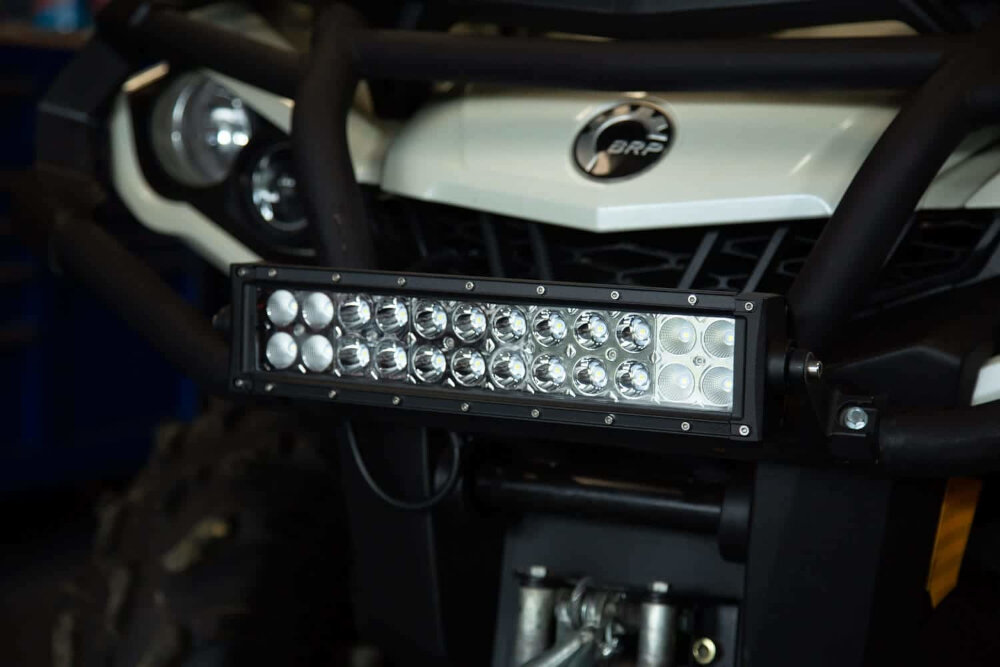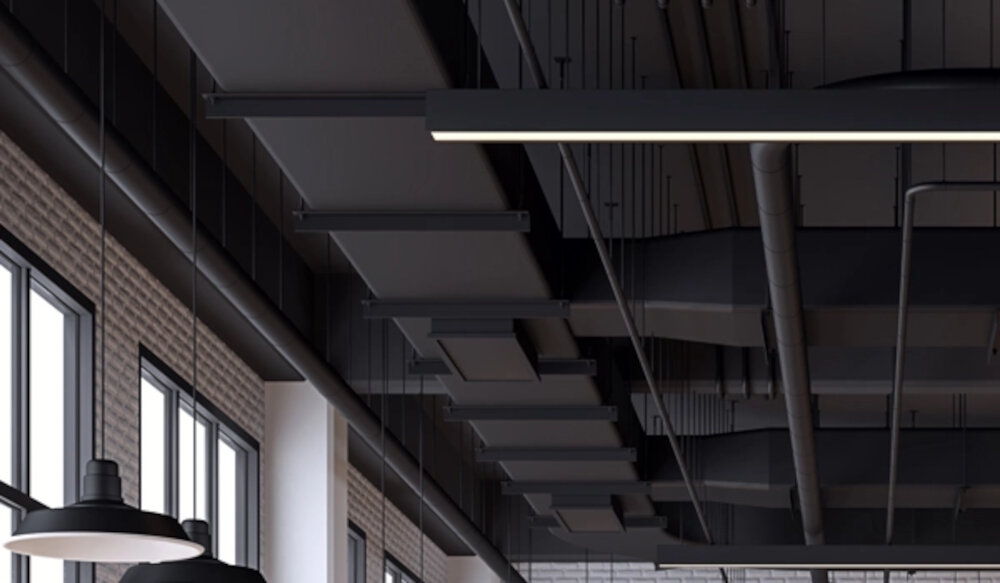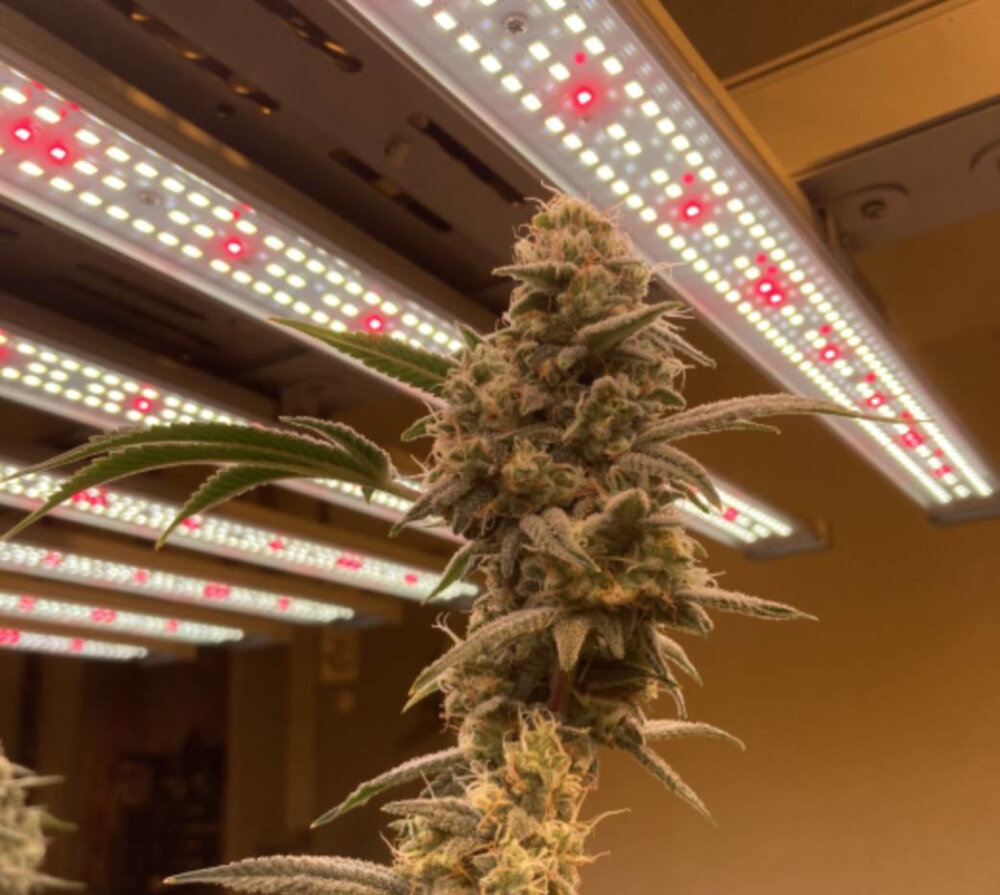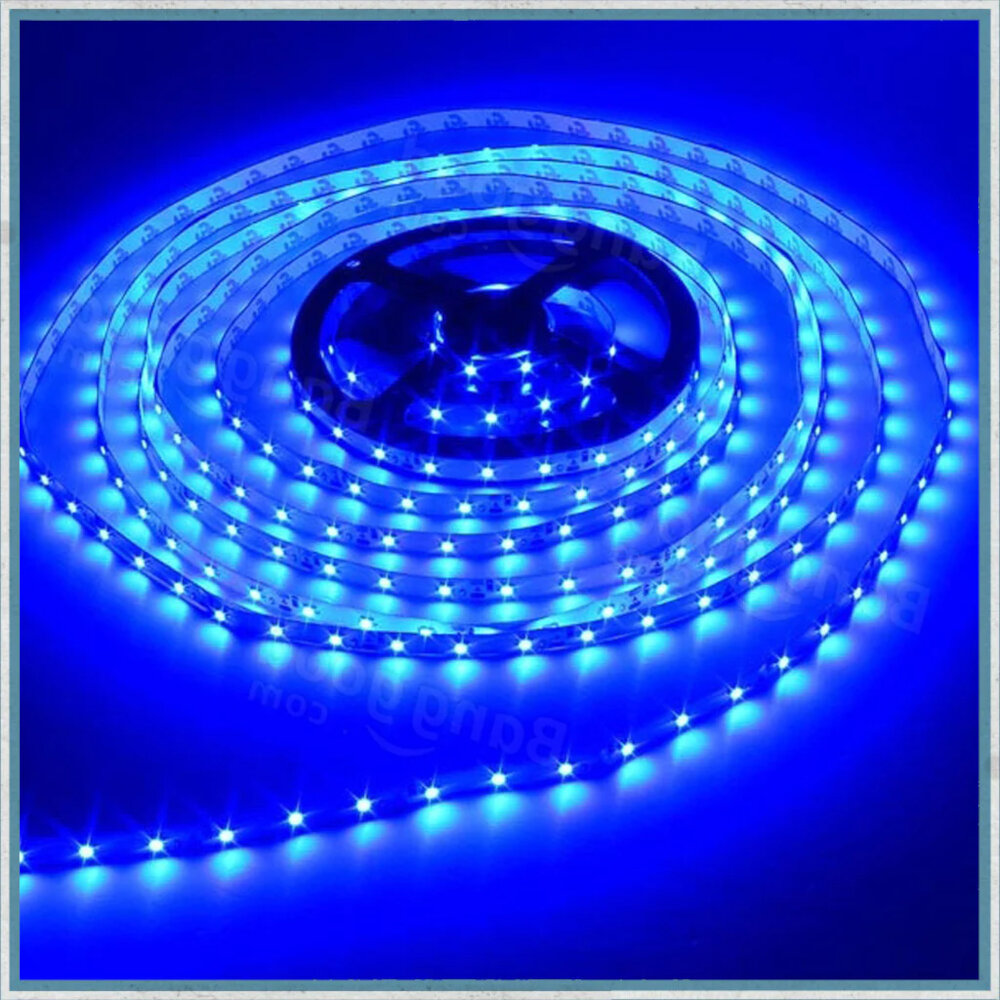LED Light Bulbs Cost: How Much Should You Expect to Pay?

LED light bulbs have become increasingly popular in recent years, thanks to their energy efficiency and longevity. However, many consumers are still hesitant to make the switch due to concerns about the cost. While LED bulbs may have a higher upfront cost than traditional incandescent bulbs, their long-term savings and benefits make them a worthwhile investment. When it comes to the cost of LED light bulbs, there are several factors to consider. These include the bulb’s wattage, brightness, and type of bulb. Additionally, the brand and retailer can also impact the cost. By understanding these factors and doing a bit of research, consumers can make informed decisions and find LED bulbs that fit both their budget and lighting needs.
LED light bulbs are a type of energy-efficient lighting technology that have become increasingly popular due to their longevity, durability, and lower energy consumption. Unlike traditional incandescent bulbs, LED bulbs use a semiconductor to produce light, rather than heating a filament to produce light. This means that they use significantly less energy, last longer, and produce less heat. LED bulbs are available in a variety of colors and brightness levels, making them a versatile lighting option for any environment. While they may have a higher upfront cost than traditional bulbs, their energy efficiency and long lifespan make them a cost-effective choice in the long run.
Knowing the cost of LED light bulbs is crucial for anyone looking to upgrade their lighting system. LED bulbs may have a higher upfront cost compared to traditional incandescent bulbs, but they offer significant long-term savings due to their energy efficiency and longer lifespan. Understanding the cost of LED bulbs can help consumers make informed decisions when selecting products that fit their budget and lighting needs. Additionally, knowing the cost can also help in calculating the return on investment and determining the payback period for the initial investment. By considering the cost of LED bulbs, consumers can make environmentally conscious choices while saving money in the long run.
Factors Affecting the Cost of LED Light Bulbs

LED light bulbs are a popular alternative to traditional incandescent light bulbs due to their energy efficiency, lifespan, and durability. However, LED light bulbs can come with a higher cost compared to traditional bulbs, and this cost can vary depending on several factors. One of the main factors affecting the cost of LED light bulbs is the quality of the bulb. High-quality LED bulbs that are designed to last longer and provide better lighting quality will typically come with a higher price tag. Cheaper LED bulbs may not be as durable or efficient, resulting in a shorter lifespan and potentially higher long-term costs. Another factor that can affect the cost of LED light bulbs is the type of bulb. Some LED bulbs are designed to emit different colors, such as warm or cool light, and these bulbs may come with a higher cost compared to standard white LED bulbs. Additionally, LED bulbs with advanced features such as dimming capabilities or smart home integration may also come with a higher price tag. It’s essential to consider your lighting needs and preferences when selecting an LED bulb to ensure you are getting the best value for your money. Overall, understanding the factors that can affect the cost of LED light bulbs can help you make an informed decision when purchasing these energy-efficient lighting solutions.
The quality of LED chips is a critical factor in determining the performance and longevity of LED light bulbs. A high-quality LED chip will have a longer lifespan, better color rendering, and higher efficiency compared to a lower-quality chip. These high-quality chips are often produced by leading manufacturers with advanced technologies, resulting in a higher price point for LED bulbs that use them. However, investing in LED bulbs with high-quality chips can pay off in the long run since they consume less energy, have a longer lifespan, and require less maintenance, ultimately saving you money on your energy bills and replacement costs.
Lumens output is a measurement of the amount of light that a light source emits. It is an essential factor to consider when purchasing an LED light bulb. The higher the lumens output, the brighter the light emitted, and the more energy consumed. For instance, a 100-watt incandescent bulb produces roughly 1600 lumens, while a 60-watt bulb produces about 800 lumens. LED light bulbs, on the other hand, are more energy-efficient and produce more lumens per watt than traditional incandescent bulbs. Therefore, when purchasing an LED light bulb, pay attention to the lumens output to determine the brightness of the bulb and make sure it meets your lighting needs.
Color temperature is an important factor to consider when purchasing LED light bulbs. It refers to the hue of the light emitted by the bulb and is measured in Kelvins (K). A lower color temperature, such as 2700K, emits a warm, yellowish light similar to traditional incandescent bulbs. A higher color temperature, such as 5000K, emits a cool, bluish light that is often used in commercial or industrial settings. It is important to choose a color temperature that is appropriate for the intended use of the space. For example, a warm color temperature may be more suitable for a living room or bedroom, while a cool color temperature may be better for a workspace or kitchen.
Brand reputation is an important factor to consider when shopping for LED light bulbs. A well-established brand is likely to have a reputation for producing high-quality products that last longer and perform better than their competitors. However, a premium brand may also come with a higher price tag. On the other hand, lesser-known brands may offer cheaper options, but the quality and lifespan of their products may be questionable. It’s essential to research the brand and read product reviews before making a purchase to ensure that you’re getting the best value for your money. Ultimately, a brand’s reputation can affect not only the product’s performance but also its environmental impact and overall sustainability.
The size and shape of LED light bulbs can vary significantly depending on their intended use. Some bulbs are designed to fit into standard light fixtures, while others are shaped differently to accommodate specialized lighting needs. The size of a bulb can also affect its brightness and energy efficiency, with larger bulbs typically producing more light and consuming more power. Additionally, the shape of a bulb can impact the direction and spread of its light output, making certain shapes more suitable for specific applications. When considering the cost of LED light bulbs, it is important to take these factors into account and choose a bulb size and shape that best suits your lighting needs.
In addition to their energy efficiency, LED light bulbs come with a variety of additional features that make them an attractive option for consumers. Many LED bulbs are dimmable, allowing users to adjust the brightness of their lighting to suit their needs. LED bulbs also come in a range of colors, from warm white to cool white, allowing users to customize the ambiance of their space. Some LED bulbs even come with smart features, such as the ability to be controlled via a smartphone app or voice commands through a smart home device. While LED bulbs may cost more upfront than traditional incandescent bulbs, their additional features and long lifespan make them a worthwhile investment for many consumers.
Average Cost of LED Light Bulbs

LED light bulbs have seen a significant rise in popularity over the years due to their energy efficiency and long-lasting lifespan. While the prices of LED bulbs were once steep, they have now become increasingly affordable. The average cost of an LED light bulb ranges from $2 to $10, depending on the brand and features. The cost of LED bulbs can vary depending on the type of bulb, wattage, and brightness level. For instance, a 40-watt equivalent LED bulb typically costs around $2 to $3, while a 100-watt equivalent LED bulb can cost up to $10. Additionally, smart LED bulbs, which can be controlled by a mobile device or virtual assistant, can cost up to $20 or more. Despite the variation in cost, investing in LED light bulbs can save you money in the long run through lower energy bills and replacement costs.
When compared to other types of bulbs, LED light bulbs offer several advantages. Firstly, they are more energy-efficient than traditional incandescent bulbs, as they require less energy to produce the same amount of light. Additionally, they have a longer lifespan, typically lasting up to 25,000 hours, compared to incandescent bulbs, which only last around 1,200 hours. LED bulbs also emit less heat, making them safer to use and reducing the risk of fire hazards. While LED bulbs may have a higher upfront cost compared to other types of bulbs, the long-term savings on energy bills and replacement costs make them a more cost-effective option in the long run. Overall, LED light bulbs offer a superior lighting experience in terms of energy efficiency, longevity, and safety.
LED light bulbs have become increasingly popular due to their energy efficiency and longevity. The cost of LED light bulbs can vary depending on the brand, wattage, and features. On average, a standard LED light bulb can cost anywhere from $2 to $15. However, specialty LED bulbs such as dimmable, color-changing, or smart bulbs can cost up to $50 or more. While the initial cost of LED bulbs may be higher than traditional incandescent bulbs, the long-term savings on energy bills and replacement costs make them a worthwhile investment. It’s important to shop around and compare prices to find the best deal on LED light bulbs.
The cost of LED light bulbs can vary significantly depending on several factors. One of the most important factors is the quality of the bulb. High-quality LED bulbs are designed to last longer, emit brighter light, and consume less energy, but they tend to cost more upfront. In contrast, lower-quality LED bulbs may be cheaper, but they are not as durable and may require frequent replacement, which can add up over time. Additionally, the brand name of the LED bulb can also affect its cost, as well as the size, shape, and wattage of the bulb. Ultimately, it’s important to consider your needs and budget when choosing an LED bulb, and to weigh the initial cost against the long-term savings potential.
Cost vs. Energy Savings

When it comes to LED light bulbs, cost and energy savings are two crucial factors that must be considered before making a purchase. Although LED bulbs may initially seem like a more expensive option compared to traditional incandescent bulbs, they offer significant energy savings in the long run. This is because LEDs consume significantly less energy to produce the same amount of light, resulting in lower electricity bills and reduced carbon footprint. While the initial cost of LED bulbs may be higher, their long lifespan and energy efficiency make them a more cost-effective option in the long run. It is also essential to consider the quality and features of LED bulbs when making a purchase decision. While cheaper LED bulbs may seem like a good deal, they may not offer the same level of energy efficiency and durability as higher-priced options. It is important to look for bulbs with a high lumens-per-watt ratio, indicating greater energy efficiency. Additionally, features such as dimming capabilities and color temperature options can significantly impact the overall cost of LED bulbs. By carefully considering the cost and energy savings of LED bulbs, consumers can make an informed decision that saves both money and energy in the long run.
When it comes to LED light bulbs, it’s important to consider the initial cost versus the long-term savings. While LED bulbs may have a higher upfront cost compared to traditional incandescent bulbs, they can last up to 25 times longer and use significantly less energy, resulting in lower electricity bills over time. Additionally, LED bulbs emit less heat, making them safer and more efficient. Investing in LED bulbs may seem like a higher cost initially, but the long-term savings and benefits are well worth it in terms of energy efficiency, safety, and sustainability.
When considering the cost of LED light bulbs, it is important to also factor in the cost savings over time. While LED bulbs may have a higher upfront cost compared to traditional incandescent or fluorescent bulbs, they use significantly less energy and have a longer lifespan. This translates to a lower electricity bill and fewer bulb replacements, leading to cost savings in the long run. Additionally, many LED bulbs are dimmable and have smart features that allow for further energy efficiency and control. When calculating the cost savings of LED bulbs, it is important to consider the initial cost, energy usage, lifespan, and any additional features.
LED light bulbs are the most energy-efficient lighting option available in the market. Compared to traditional incandescent bulbs, LED bulbs use 75% less energy while producing the same amount of light. This means that they not only save you money on your monthly electricity bills but also have a longer lifespan, making them an excellent investment in the long run. Additionally, LED bulbs do not emit heat, making them a safer option for use in homes and other indoor settings. While compact fluorescent bulbs (CFLs) are also an energy-efficient alternative to incandescent bulbs, they contain small amounts of mercury and require special disposal measures, making them less environmentally friendly. Overall, LED light bulbs are the most cost-effective and eco-friendly lighting option available today.
Where to Buy LED Light Bulbs

When it comes to buying LED light bulbs, there are several options available in the market. You can find them at local hardware stores, home improvement centers, large retail chains, and even online retailers. It is essential to do some research before purchasing LED light bulbs to ensure that you are getting the best quality and price. Online retailers like Amazon and eBay offer a wide range of options at competitive prices, while local hardware stores may provide discounts and promotions. Home improvement centers like Home Depot and Lowe’s offer a variety of LED light bulbs from well-known brands and their private label options. It is important to compare prices and warranties offered by different retailers before making a purchase. Apart from the retailer, it is also important to consider the type of LED light bulb you need. Different types of LED light bulbs are available in the market, including dimmable, non-dimmable, and smart LED light bulbs. Each type has its own advantages and disadvantages, so it is important to choose the right type based on your needs. For example, if you want to save energy, non-dimmable LED light bulbs are a good option. On the other hand, if you want to control the brightness of your light bulbs, dimmable LED light bulbs are the way to go. Smart LED light bulbs are also gaining popularity due to their convenience and ability to be controlled through a smartphone app or virtual assistant.
When it comes to purchasing LED light bulbs, consumers have the option of shopping at physical stores or online stores. Physical stores offer the benefit of being able to see and touch the product before purchasing, as well as the convenience of being able to take the product home immediately. However, physical stores often have limited stock and may not carry the specific type of LED light bulb a consumer is looking for. On the other hand, online stores offer a wider selection of LED light bulbs at competitive prices. Online stores also allow consumers to easily compare prices and read reviews from other customers. However, the downside to online shopping is the inability to see and touch the product before purchasing, and the added wait time for the product to be delivered. Ultimately, the decision of where to purchase LED light bulbs depends on the consumer’s individual preferences and priorities.
When it comes to purchasing LED light bulbs, the price can vary greatly depending on the store you choose to buy from. Some stores may offer these bulbs at a premium price, while others may sell them at a more affordable rate. It’s important to do your research and compare prices across multiple stores to ensure you’re getting the best deal possible. Additionally, keep in mind that the quality of the bulb may also impact the price. Higher quality bulbs may be more expensive but can save you money in the long run by lasting longer and using less energy. So, take the time to shop around and weigh your options to make an informed decision.
If you’re looking for the best deals on LED light bulbs, there are a few tips to keep in mind. First, consider buying in bulk, as many retailers offer discounts for larger purchases. Additionally, look for sales and promotions, which can often be found around major holidays or events. Another option is to shop online, as many online retailers offer lower prices than brick-and-mortar stores. Be sure to compare prices across different brands and retailers to ensure you’re getting the best deal. Finally, consider opting for slightly older models or less popular brands, which can often be purchased at a lower cost without sacrificing quality. With these tips in mind, you can find the perfect LED light bulbs for your needs without breaking the bank.
LED (Light Emitting Diodes) light bulbs are known for their energy efficiency and long lifespan, making them a popular choice for homeowners. The cost of LED bulbs varies depending on factors such as the bulb’s brightness, shape, and brand. However, on average, an LED bulb can cost between $2 to $30, with the average cost being around $6 to $7. While LED bulbs may be more expensive than traditional incandescent bulbs initially, they can save homeowners money in the long term due to their energy efficiency and long lifespan. Additionally, some utility companies offer rebates or discounts for purchasing LED bulbs, making them an even more cost-effective choice.
In conclusion, buying LED light bulbs is a wise investment for both your wallet and the environment. Although they may have a higher upfront cost compared to traditional bulbs, the energy savings and longer lifespan make them a cost-effective choice in the long run. When purchasing, be sure to check the brightness, color temperature, and compatibility with your fixtures. It is also important to choose reputable brands that offer quality products and warranties. By making the switch to LED bulbs, you can reduce your carbon footprint and save money on your energy bills while enjoying bright and efficient lighting in your home or office.
When it comes to purchasing LED light bulbs, considering the cost and energy savings is crucial. Although LED bulbs may have a higher upfront cost compared to traditional incandescent bulbs, they have a significantly longer lifespan and consume less energy, leading to significant cost and energy savings in the long term. Not only will LED bulbs reduce your electricity bill, but also their durability reduces the frequency of replacements required, hence reducing maintenance costs. Additionally, LED bulbs are environmentally friendly, as they consume less energy, and their long lifespan means fewer bulbs in landfills. Therefore, when buying LED light bulbs, it is important to look at the bigger picture and consider the energy and cost savings in the long term.
Conclusion

In conclusion, LED light bulbs offer a cost-effective solution for lighting your home or office. While they may have a higher upfront cost compared to traditional incandescent bulbs, they are more energy-efficient and have a longer lifespan, ultimately saving you money in the long run. The cost of LED bulbs can vary depending on the brand and features, but you should expect to pay anywhere from $2 to $20 per bulb. However, it’s important to remember that investing in high-quality LED bulbs may cost more initially but will provide better lighting quality and energy savings over time. In the end, the decision to invest in LED bulbs comes down to your personal preference and budget.



